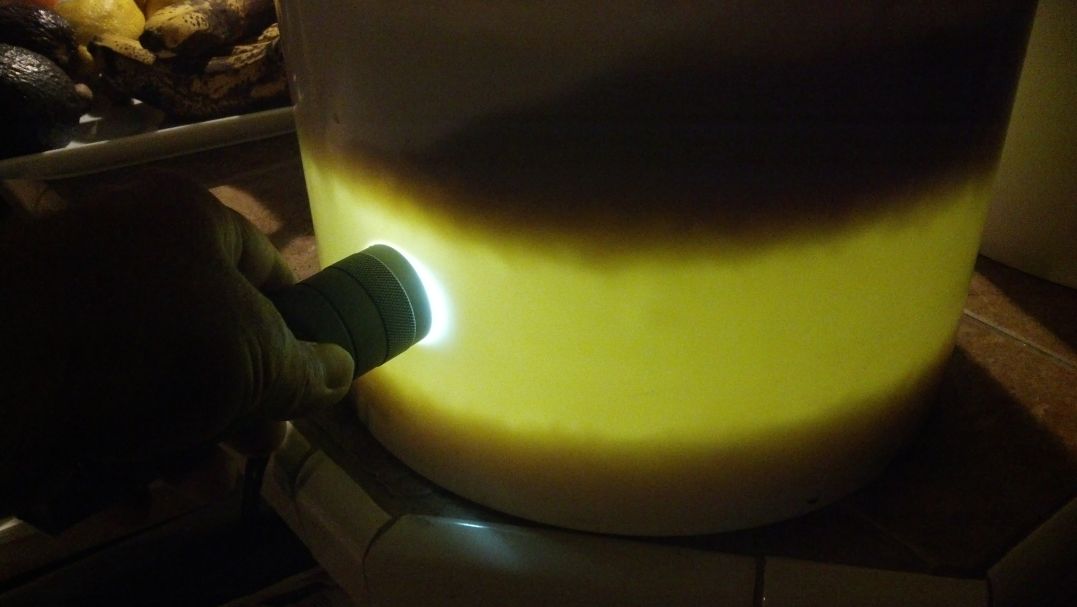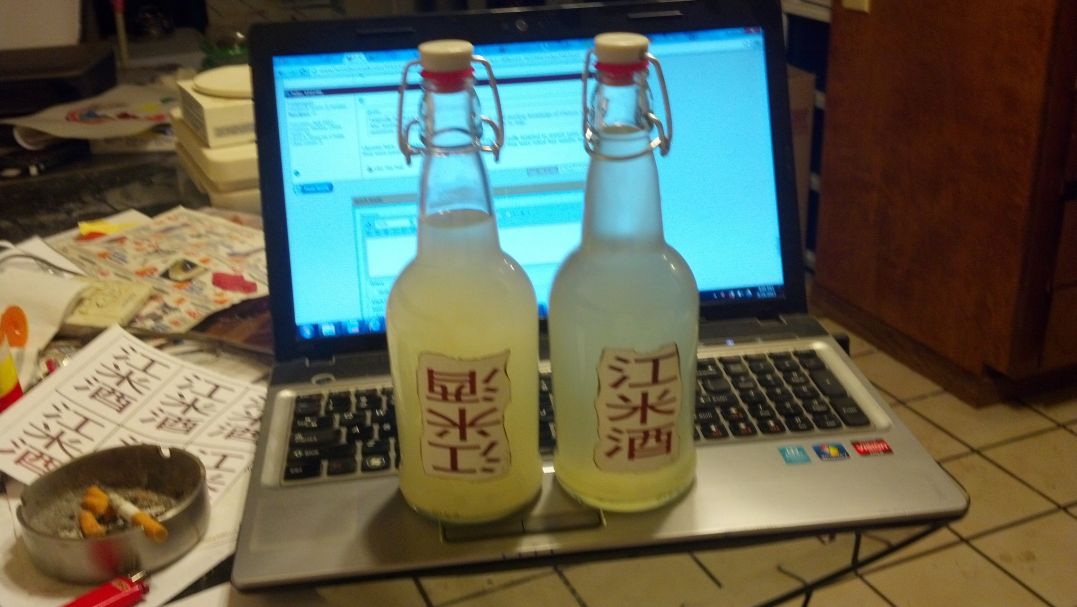Just because wiki linked it to the chemical lime doesn't mean that's what was used, only that wiki has a definition for lime. BUT.. that doesn't mean it DOESN'T mean the chemical lime as well..
As to your mold... I'd just let it go and see what happens. What have you got to lose, unlesss you're on some kind of time schedule to have some wine for some event? I got my first batch of mold on this last batch I tried. I've just let it go. I've still got liquid in it, but not nearly as much as the batch next to it that I did at the same time. Those batches are at 28 days tomorrow and I'll probably harvest, but they're still fermenting and bubbling out the airlock.. but maybe only once every ten seconds or so.
True, the wiki link doesn't make it certain that it's the mineral lime, but it seems pretty likely that's the case, since it said "lime" instead of "lime juice" or "limes" or something like that. Just pointing that out since the discussion seemed to be focused on the citrus fruit without recognizing the other possibility.
Off the aside - the main reason I'm a bit more worried than you might be about a fungal infection on my rice wine is that this is my first time fermenting anything, so I really want it to work (same for the ale I'll be brewing tomorrow). My hope is that someone will have had a similar or identical experience and have a good, solid answer for a new home brewer. When you harvest, I'd love to hear how the moldy batch comes out. If I don't get any answers, I'll probably dump two of them and leave one as an experiment, then Starsan the vessels and new cheesecloth (just boiled everything the first time - brew kit hadn't arrived so I didn't have any sanitizer) and start those two again while I'm waiting for my wort water to start boiling.














